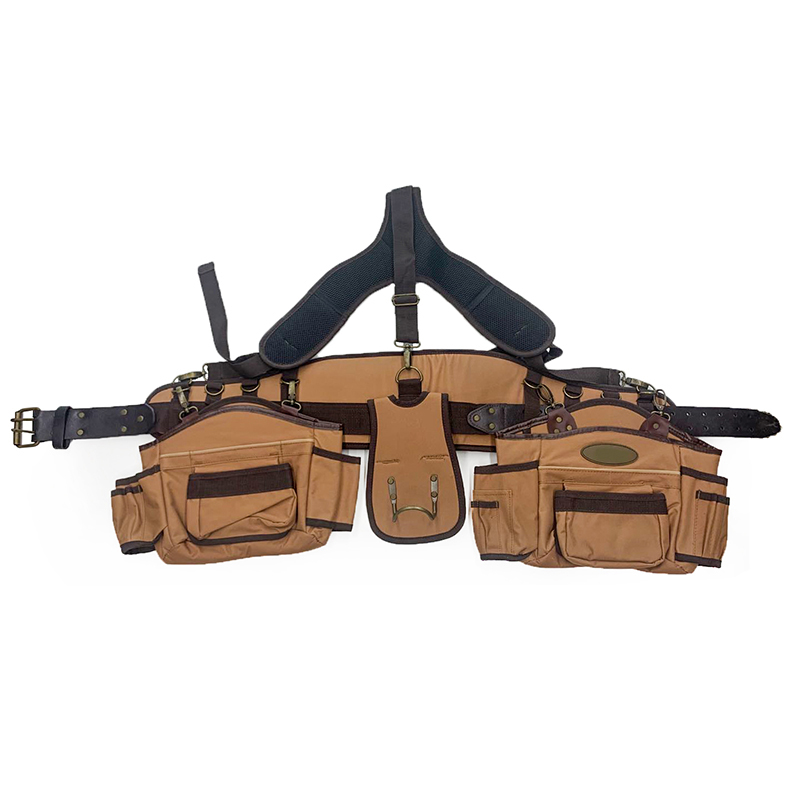Of course, different types of tiles have their own ideal applications. Understanding the properties of ceramic tiles can help you make better choices for your home decoration. So, when it comes to selecting ceramic tiles for your project, there's no need to worry—today, we’ll walk you through everything you need to know about ceramic tiles.
1. Ceramic tiles are categorized into five quality grades: top-grade, first-class, second-class, third-class, and others. Authentic products will have a clear production license, product certification, trademark, and quality inspection label. These features help ensure you're getting a genuine and reliable product.
2. Before choosing tiles, consider the design style of the room. The lighting, size, and layout should all influence your decision on color and pattern. For smaller rooms, floor tiles are usually a good choice. Also, make sure the tile color complements walls, doors, windows, and furniture for a cohesive look.
3. When selecting tiles, think about the space. Glazed tiles are ideal for kitchen and bathroom walls, while full-body tiles are great for high-traffic areas like living rooms. Matte tiles are non-slip and safe for families with elderly members or children. Polished tiles offer a smooth finish, are durable, and perfect for modern one-step installations.
4. Larger rooms typically benefit from bigger tiles. For spaces under 10 square meters, 300x300mm tiles work well. For 10–20 square meters, go with 500x500mm. Rooms over 20 square meters can use 600x600mm, and for larger areas (over 40 square meters), 800x800mm or even 1000x1000mm tiles are recommended. The size of the tile should match the room’s scale—too small and it looks cluttered, too big and it feels stiff.
5. Tiles are fired in batches, and even those from the same batch can show slight color variations. To avoid mismatched colors, always calculate the quantity needed and keep tiles from the same batch during installation. This helps maintain a uniform appearance and prevents unwanted color differences later on.
6. Proper grouting is essential. Although some tiles claim to be "seamless," they still require gaps to allow for expansion and contraction. Wall tiles usually have 1–2mm joints, while smaller tiles (like 100x100mm) may need wider gaps for aesthetic reasons. Floor tiles typically require 3–10mm gaps, except for retro styles that might use larger ones.
7. Unless you’re confident in the skill of the workers, avoid using large tiles larger than 900x900mm. These can lead to issues during installation due to air pockets inside, which may cause cracks or uneven surfaces over time.
8. In kitchens and bathrooms, the floor must have a slope for proper drainage. Waterproofing is also crucial—especially on walls. When replacing tiles, the original waterproof layer can be damaged, so applying an additional asphalt waterproof layer before tiling is advisable. Don’t forget to reapply white cement between the tiles for a neat finish.
9. Remember, three parts material and seven parts maintenance. Just like flooring, tiles require proper care to maintain their shine and extend their lifespan. Regular cleaning and maintenance go a long way in preserving their beauty.
Work belt is a tool belt worn by professionals and DIY enthusiasts to hold and organize tools while working. It typically consists of a sturdy belt made of leather, nylon, or another durable material, with various pouches and pockets attached for holding tools and accessories.
The design and number of pouches can vary, but common features include hammer loops, tape measure holders, screwdriver slots, and pockets for nails, screws, and other small items. Some work belts may also have loops or clips for attaching larger tools or equipment, such as power drills or saws.
Work belts are commonly used by construction workers, carpenters, electricians, plumbers, and other tradespeople who need quick access to their tools while working on a job site. They can also be useful for DIY projects around the home or workshop.
When choosing a work belt, it's important to consider the type and number of tools you'll need to carry, as well as the level of comfort and support you require. A good work belt should be sturdy and durable, with adjustable sizing to ensure a comfortable fit. Some models also offer additional features such as padding or a back support belt for added comfort during long hours of work.

Work Belt,Electrician Tool Belt,Small Tool Belt,Custom Tool Belt
ZHANGJIAGANG CITY XIANGLE TOOL CO., LTD. , https://www.xiangletoolbag.com